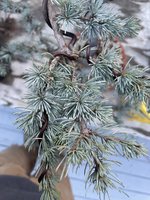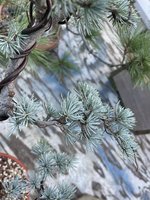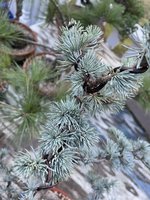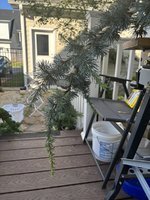RODERLO
Mame
Cool! Got mine a day before you did.Post is interesting to me in any regard, but especially so because I bought a BAC yesterday. I will post more on it later.
Thinking of repotting into 1:1 akadama & pumice this coming weekend.
Get the most scary part over with right away. I don’t want to sit in doubt until either fall or next spring.
Upon closer inspection I’ve found a couple buds in the upper most branches have already broken on my cedar.












